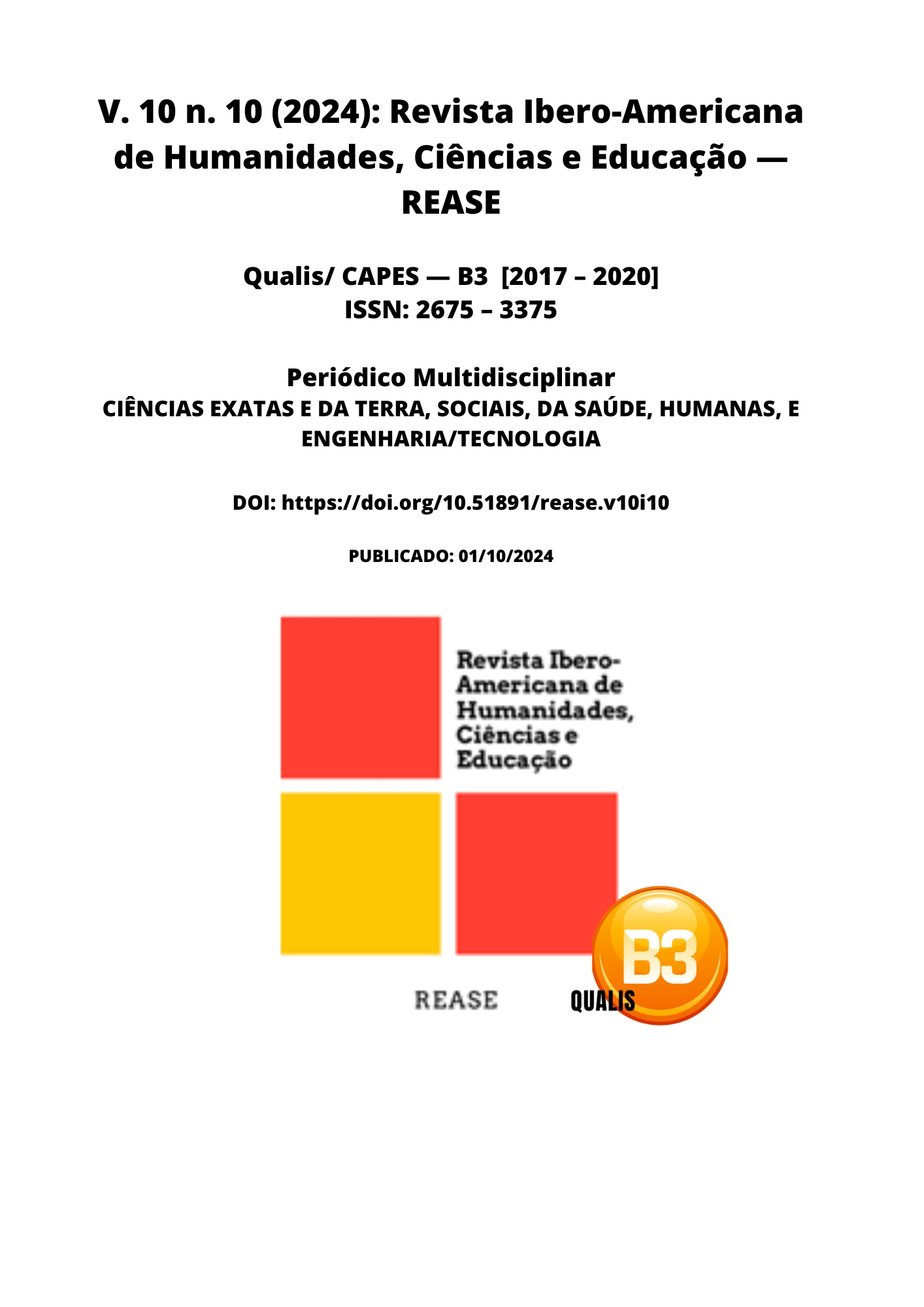EGG QUALITY AND PERFORMANCE OF COMMERCIAL LAYING HENS SUPPLEMENTED WITH A PHYTASE SOURCE
DOI:
https://doi.org/10.51891/rease.v10i10.16076Keywords:
Aviculture. Enzymes. Phytase. Nutrition. Egg production.Abstract
This study evaluates the performance of commercial laying hens on a diet containing phytase, focusing on the supplementation of this additive between weeks 35 and 55 of life. The study involved 500 Lohmann hens, aiming to optimize the utilization of phytic acid present in plants and increase phosphorus bioavailability, thereby reducing the need for concentrated mineral supplementation. The research was conducted on a commercial egg farm in Toledo-PR, where the hens were kept in a California-style barn. Egg production, the number of off-grade eggs, the weight of the birds, and feed consumption were analyzed. The results showed a daily egg production of 91.41% in the phytase-supplemented group, compared to 89.56% in the control group. The average weight of hens with supplementation was 2049.79g, while without supplementation it was 2067.31g. The percentage of cracked, weak-shelled, or dirty eggs was 7.32% with supplementation, compared to 7.81% without. The use of phytase has been shown to improve productive performance in poultry farming, benefiting the egg market and reducing production losses.Downloads
Published
2024-10-15
How to Cite
Moura, K. T. de, & Ramella, K. D. C. L. (2024). EGG QUALITY AND PERFORMANCE OF COMMERCIAL LAYING HENS SUPPLEMENTED WITH A PHYTASE SOURCE. Revista Ibero-Americana De Humanidades, Ciências E Educação, 10(10), 2327–2338. https://doi.org/10.51891/rease.v10i10.16076
Issue
Section
Artigos
Categories
License
Atribuição CC BY

